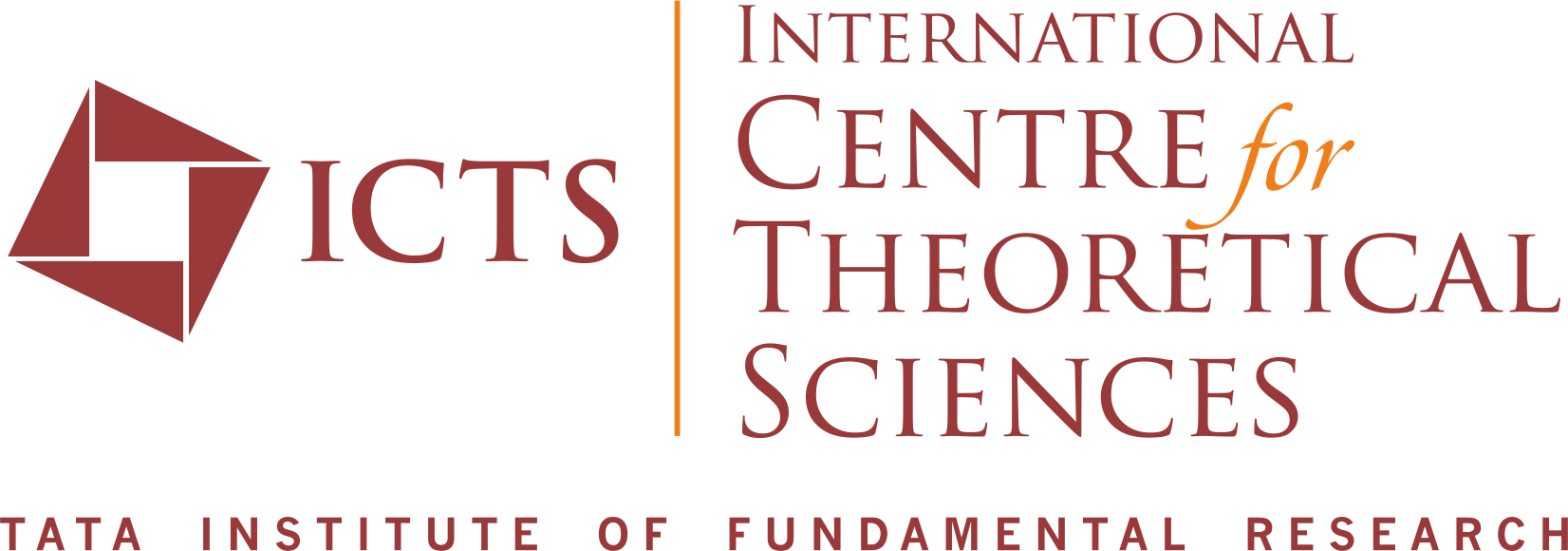The high-dimensional nature of biological systems creates a formidable challenge in making conceptual advances. The last decade has seen an explosion of high-dimensional biological data sets across diverse fields, ranging from development, immunology, ecology, evolution, neuroscience and behavior. This data offers an opportunity to glean quantitative insights, yet we lack common theoretical frameworks to extract generalizable principles.
One central idea emerging from recent work is that low-dimensional models can be surprisingly good at explaining empirical observations while providing specific testable predictions. Examples include the use of sloppy models to create simplifying descriptions of biochemical networks, coarse-grained resource allocation models in microbial metabolism, low-dimensional dynamical systems models of development, amongst others. Machine learning helps find some of this low-dimensional structure, for example, by using sequence data from developing organisms and tumors, and from large-scale neural recordings. However, different subfields have developed different analytical and machine learning approaches for tackling high-dimensional complexity. Is there a common mathematical language that can be used to describe emergent simplicity across systems? Are there common biological principles, such as evolvability and functional robustness, that make low-dimensional descriptions possible? How do we understand if a system truly operates in high-dimensions, for example, the fine-scale diversity in microbial ecosystems? What are good ‘null’ models, and what details matter for explaining phenomenology?
The focus of this interdisciplinary meeting is the cross-pollination of ideas and techniques within the realm of high-dimensional biophysics. This meeting therefore aims to bring together theoretical and computational physicists working in diverse areas of biology, including development, ecology and evolution,immunology, neuroscience, protein science, amongst others, to discuss commonalities, highlight differences and identify opportunities for progress towards a unifying framework.
Eligibility criteria: Graduate students, postdocs and faculty are welcome. Exceptionally talented undergraduates are welcome too.
Accommodation will be provided for outstation participants at our on campus guest house.
ICTS is committed to building an environment that is inclusive, non discriminatory and welcoming of diverse individuals. We especially encourage the participation of women and other under-represented groups
Application portal will be open from Feb 1, 2025 for registrations.
 icts
icts res
res in
in

